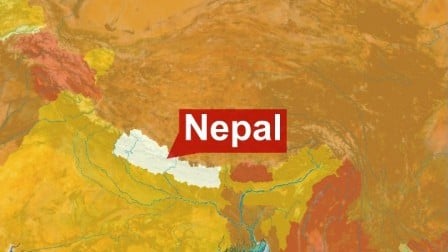Nepal currently has an installed capacity of more than 3,200 megawatts from over 150 projects, with over 200 more projects under construction.
“We are moving from the bilateral power trade to a trilateral framework, opening avenues for sub-regional and regional cooperation in the energy sector,” Nepal Electricity Authority (NEA) chief Kul Man Ghising said at a signing ceremony.
The agreement was signed with the Bangladesh Power Development Board and India’s NTPC Vidyut Vyapar Nigam, which will facilitate access to transmission lines.
Under the agreement, Nepal will export 40 megawatts of electricity to Bangladesh from mid-June to mid-November over five years.
A start date for transmission has not been specified yet. The electricity will be sold at 6.4 US cents per unit.
Nepal would earn about $9.2 million a year, NEA spokesman Chandan Kumar Ghosh said.
The power will first be transmitted to India’s 400KV Dhalkebar-Muzaffarpur transmission line, with the equivalent then sent on to Bangladesh.
Landlocked Nepal first began exporting electricity to India on a smaller scale in late 2021.
“This marks a significant milestone as Nepal will, for the first time, export its hydropower to a third country,” Nepal Energy Minister Deepak Khadka said.
Some studies estimate that water-rich Nepal could have a total potential capacity of 72,000 megawatts, more than 22 times the size of the current installed capacity.
Four in five Nepalis did not have access to electricity at the turn of the century, according to the International Energy Agency, but a dam-building spree has since helped connect nearly all its 30 million people to the grid.







